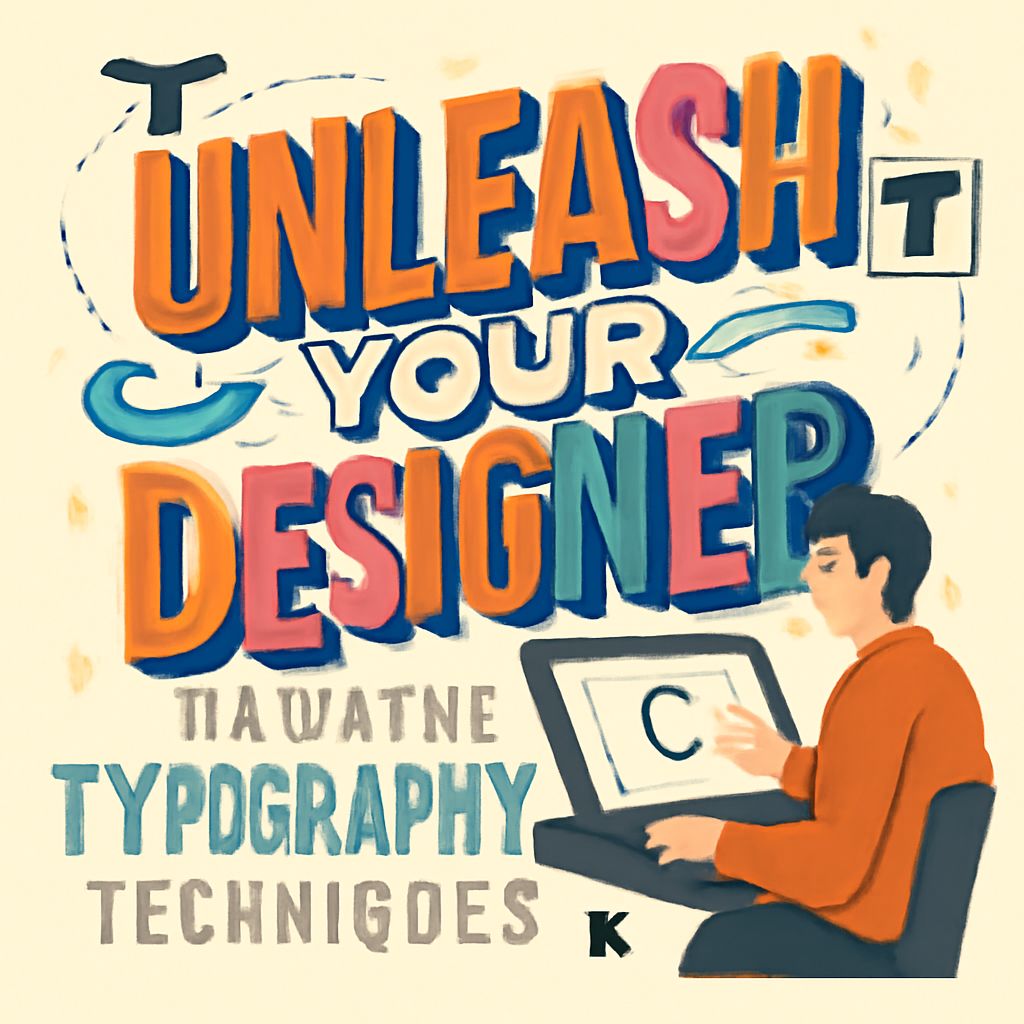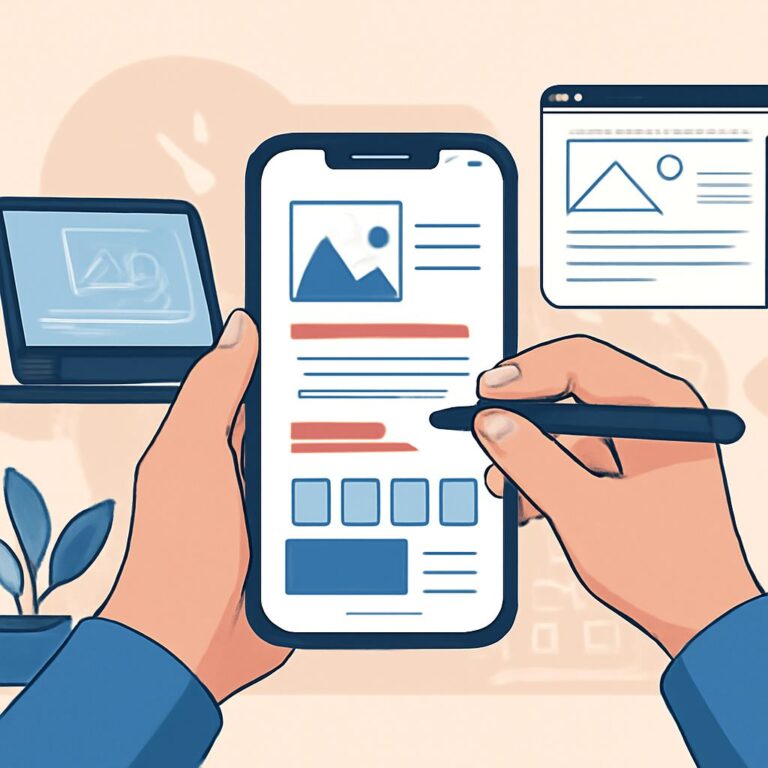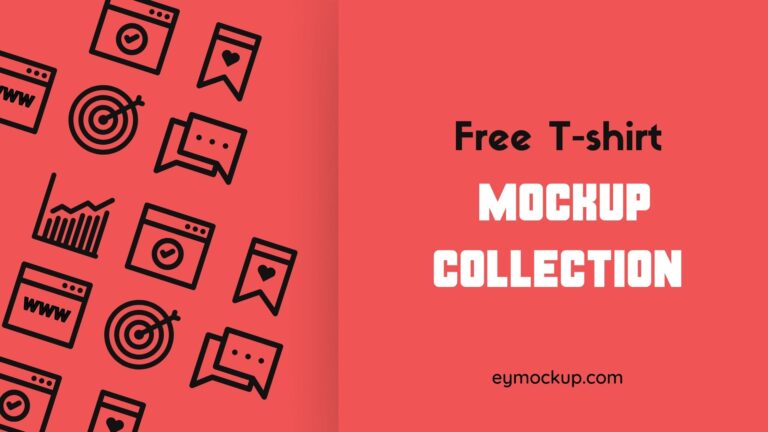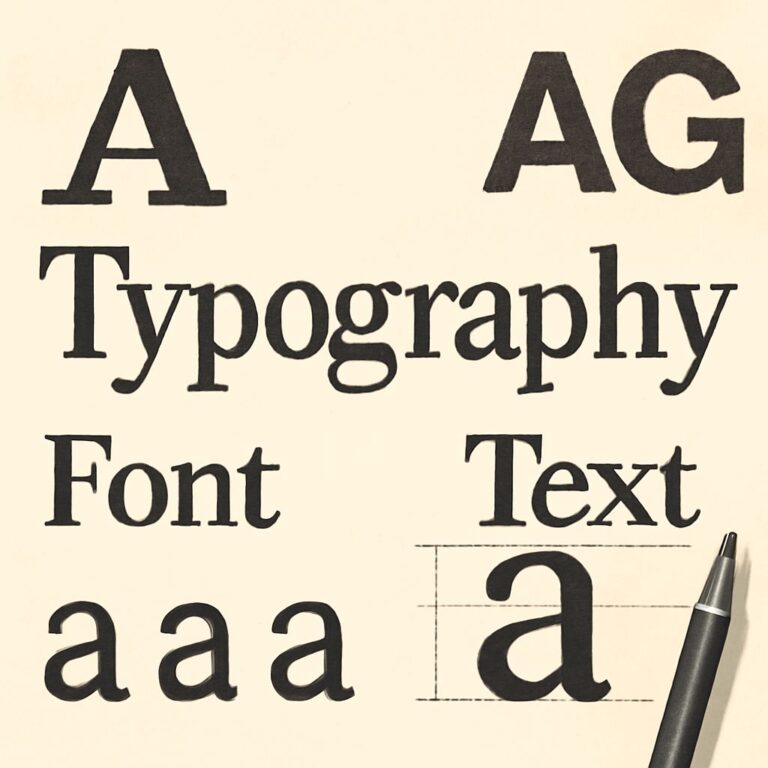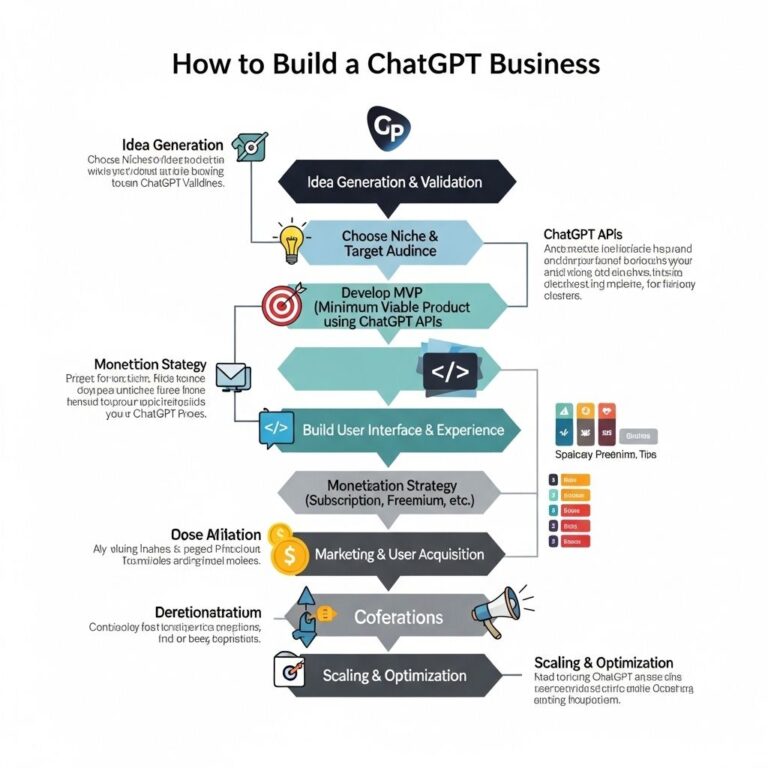Table of Contents
Introduction
Typography is a cornerstone of design, influencing how audiences perceive and interact with content. Whether you are designing a website, crafting a logo, or creating print media, innovative typography techniques can elevate your work. This article explores cutting-edge typography methods to empower your designs, attract attention, and convey messages effectively.
The Power of Typography in Design
Typography is more than just choosing a font; it’s about setting a tone and creating an atmosphere. The right typography can drastically improve the readability, impact, and emotive response of a design. Here are some reasons why innovative typography is essential:
- Establishes brand identity
- Enhances engagement and interest
- Improves visual hierarchy and structure
Key Typography Techniques to Explore
1. Variable Fonts
Variable fonts allow for a range of styles within a single font file, offering versatility in weight, width, and slant. This flexibility means designers can create seamless transitions between different font styles, optimizing both aesthetic and performance.
2. Responsive Typography
Responsive typography ensures readability across different devices and screen sizes. By using CSS, designers can adjust font size, line height, and spacing based on device dimensions, ensuring a consistent reading experience.
3. Kinetic Typography
Kinetic typography brings text to life through motion. Utilizing animations can help emphasize important messages or add a playful element to your design, making it more memorable.
Advanced Techniques
4. Experimental Layouts
Breaking away from traditional grid systems, experimental layouts use unconventional structures to surprise and engage viewers. Asymmetrical designs and overlapping text can create dynamic and captivating visual narratives.
5. Layering and Depth
Adding depth through layering text and images can create a 3D effect, enhancing visual interest and emphasis. This technique is effective for posters, web designs, and any projects where you want to add dimension.
| Technique | Purpose | Effect |
|---|---|---|
| Variable Fonts | Flexibility in design | Seamless style transitions |
| Responsive Typography | Device adaptability | Consistent readability |
| Kinetic Typography | Animated messaging | Increased engagement |
| Experimental Layouts | Innovative structure | Captivating visuals |
| Layering and Depth | 3D effect | Enhanced visual interest |
Tips for Mastering Typography
Mastering typography requires creativity and attention to detail. Here are some tips to refine your skills:
- Study typographic fundamentals and history
- Experiment with contrasting fonts
- Maintain readability as a priority
FAQ
What is variable font technology?
Variable fonts allow for multiple styles within a single file, providing more design flexibility and efficiency.
How can responsive typography impact user experience?
Responsive typography ensures text is readable on all screen sizes, improving user engagement and satisfaction.
Why is kinetic typography effective?
Kinetic typography uses motion to add emphasis and interest, making content more engaging and memorable.
What are experimental layouts?
Experimental layouts break away from traditional grids, using asymmetry and unique structures to create dynamic designs.
How does layering improve typography?
Layering adds depth and dimension, creating visual interest and helping certain elements stand out in a design.
Conclusion
Innovative typography techniques offer endless possibilities for elevating your design projects. By integrating these methods, designers can create captivating and effective visual messages that resonate with audiences. Whether through dynamic motion, flexible fonts, or layered elements, embracing typography’s creative potential can transform any design into a work of art.

